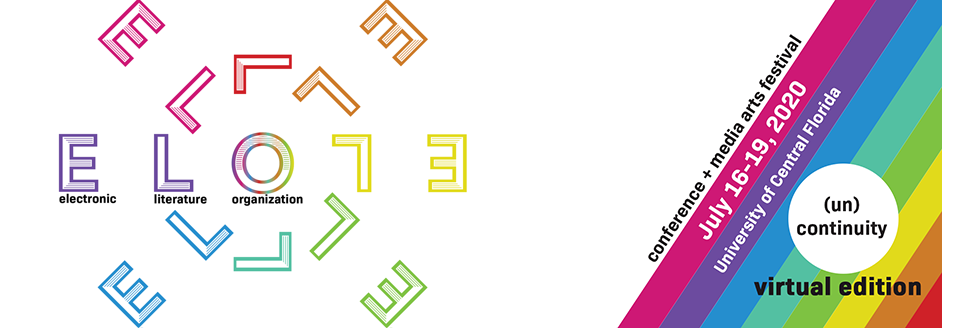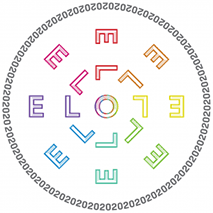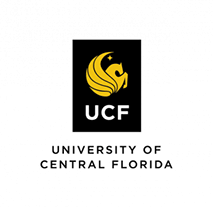Proposal Title
Static Echoes: Exploring the Life and Closing of the Free Twine Hosting Service, philome.la
Loading...
Submission Type
Conference Talk - Individual
Abstract
The abrupt closing of philome.la on September 30, 2019 came as a shock to most in the Twine and hypertext fiction community. Serving as the only reliably free hosting service from early 2013 to late 2019 for Twine works, it was used as part of variety of contexts from beginner portfolios to frequently included as part of classrooms and conference workshops over its six years of operation. With users only needing a Twitter account to login, it was also a place where anonymous, subversive, or simply in-progress work could live without censorship or a review of any kind. To freely host their work, all a user needed was a Twitter account and a willingness to link their account to the service.
philome.la now serves as a time capsule of Twine usage and history during its lifetime. Introduced in the same time frame as Twine 2 and ability to create projects online, it contains a series of snapshots and archive of not only public works of those for those who shared their projects using the functionality to tweet using the philome.la Twitter account, but also as a look at how people used and thought about Twine itself from 2013 to 2019 through how they created and used their projects toward different ends and purposes in those six years. As a free service used by many across different countries and backgrounds, it is also remains the only public and free access to a variety of Twine projects made by both professionals and amateurs alike of its kind outside of commercial platforms.
This presentation is a combination of an oral history and quantitative research. Pulling from conversations with the creator of philome.la, Colin Marc, leading up to and after the closing of the service and interviews with different users of the service during its operation, I will present how it was perceived by creatives and instructors in and outside of academia who made it a part of their workflows, classrooms, and workshops. While the abrupt closing came as a surprise to most, I will also discuss how internal conversations also reveal the labor and maintenance costs behind trying to support a service for thousands of Twine users and hosting tens-of-thousands of files for free.
This presentation also includes aggregate data taken from analyzing public works shared on the service to examine how users created projects at different points in the service’s lifetime. Through looking at how users composed their projects, patterns emerge on the general complexity of public Twine projects within the archive and metadata usage patterns like story format versions, inter-linking complexity, and general number of words in a work. While not definitive by themselves, combined with the interviews, a general picture emerges of how this service was used and who saw it as an easy to share their work freely and without worry to different audiences during its six years of operation.
Static Echoes: Exploring the Life and Closing of the Free Twine Hosting Service, philome.la
The abrupt closing of philome.la on September 30, 2019 came as a shock to most in the Twine and hypertext fiction community. Serving as the only reliably free hosting service from early 2013 to late 2019 for Twine works, it was used as part of variety of contexts from beginner portfolios to frequently included as part of classrooms and conference workshops over its six years of operation. With users only needing a Twitter account to login, it was also a place where anonymous, subversive, or simply in-progress work could live without censorship or a review of any kind. To freely host their work, all a user needed was a Twitter account and a willingness to link their account to the service.
philome.la now serves as a time capsule of Twine usage and history during its lifetime. Introduced in the same time frame as Twine 2 and ability to create projects online, it contains a series of snapshots and archive of not only public works of those for those who shared their projects using the functionality to tweet using the philome.la Twitter account, but also as a look at how people used and thought about Twine itself from 2013 to 2019 through how they created and used their projects toward different ends and purposes in those six years. As a free service used by many across different countries and backgrounds, it is also remains the only public and free access to a variety of Twine projects made by both professionals and amateurs alike of its kind outside of commercial platforms.
This presentation is a combination of an oral history and quantitative research. Pulling from conversations with the creator of philome.la, Colin Marc, leading up to and after the closing of the service and interviews with different users of the service during its operation, I will present how it was perceived by creatives and instructors in and outside of academia who made it a part of their workflows, classrooms, and workshops. While the abrupt closing came as a surprise to most, I will also discuss how internal conversations also reveal the labor and maintenance costs behind trying to support a service for thousands of Twine users and hosting tens-of-thousands of files for free.
This presentation also includes aggregate data taken from analyzing public works shared on the service to examine how users created projects at different points in the service’s lifetime. Through looking at how users composed their projects, patterns emerge on the general complexity of public Twine projects within the archive and metadata usage patterns like story format versions, inter-linking complexity, and general number of words in a work. While not definitive by themselves, combined with the interviews, a general picture emerges of how this service was used and who saw it as an easy to share their work freely and without worry to different audiences during its six years of operation.




Bio
Dan Cox is a part-time PhD student in the Texts and Technology program at the University of Central Florida as well as a full-time visiting instructor in its Games and Interactive Media department. He studies interactive fiction and actively contributes to many open source projects and resources including the Twine Cookbook and other Twine-related tools.